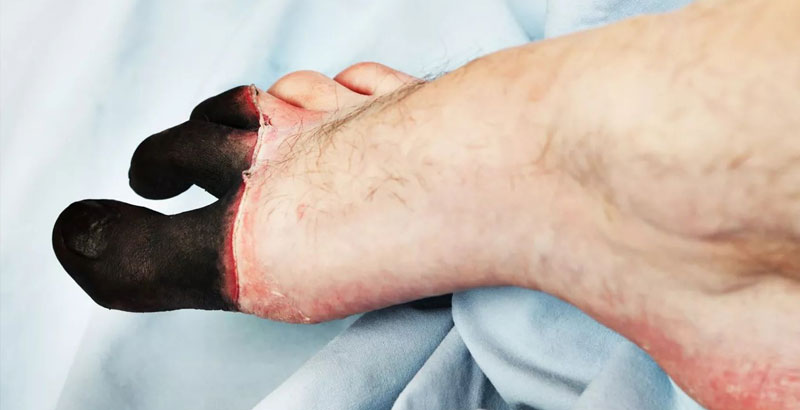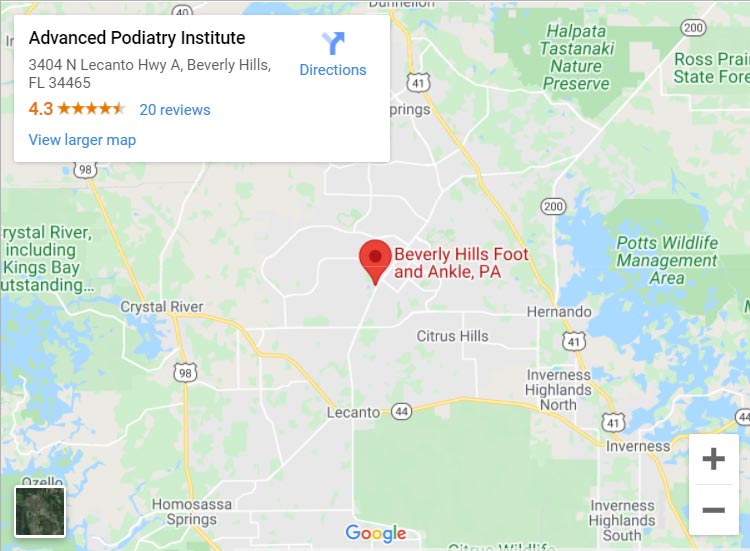With cold weather approaching, it’s important to learn how to protect yourself from the bite of cold! Did you know that your skin is the largest body organ and comprises 15% of your total body weight? Your skin works to protect your body from a host of environmental assaults, but trauma in the form of hot or cold injury can compromise its protective properties. A cold injury, such as frostbite can cause fluid loss within the skin and increase its breakdown and the likelihood of infection.
Although frostbite is used as a general term to cover all sorts of cold injuries, there are actually different and specific types of cold injury with frostbite being just one of them. The non-freezing types of cold injury are chilblains and immersion injury (trenchfoot). The freezing types of cold injury are frostnip, superficial frostbite and deep frostbite.
Chilblains
The mildest form of cold injury is called chilblains and is the most commonly experienced. It occurs when bare skin is exposed to temperatures of 33 – 60 Fahrenheit. The typical places for chilblains to occur are the ears, fingers and the tip of your nose. The best way to treat chilblains is prevention: avoiding the cold and protecting those prone areas. Make sure to cover yourself adequately before going out! If chilblains does occur, the best way to treat it is via rapid rewarming and the application of moisturizers.
Immersion Injury
Immersion injury is also known as trenchfoot because in World War I, many soldiers who fought in the trenches experienced this type of cold injury. Unlike other cold injuries that are associated with cold air, immersion injury has to do with cold water. Cold water leads to much rapid heat loss than cold air by about 25-fold! As a result of the water penetrating the skin, trenchfoot can occur at much higher temperatures than the cold you may associate with frostbite. As a result of prolonged skin exposure to water in cold weather, your foot may look dusky and blue with swelling or blister formation. The best way to treat the affected area is to rewarm and dress the area with dry materials.
Stay tuned for Part 2 of Frostbite Factoids! There’s a lot to know 🙂 Come on into Beverly Hills Foot and Ankle, PA if you have any questions or concerns about cold injuries! Call us at (352) 513-4867!



